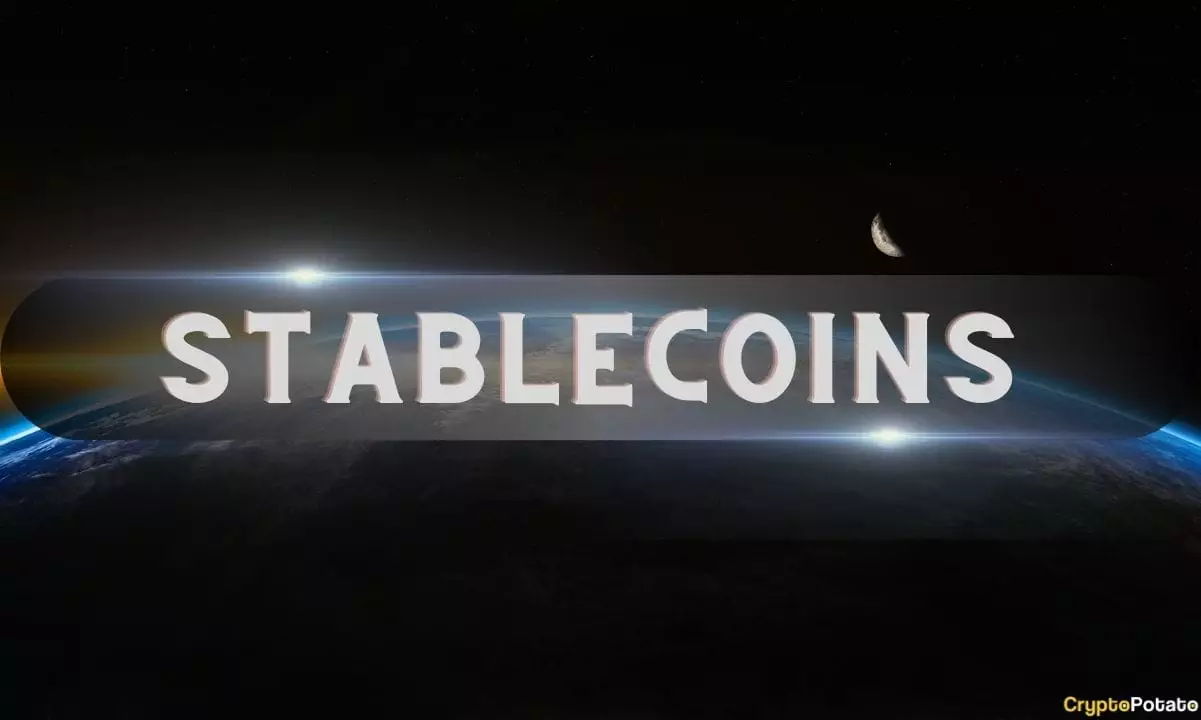2023 has been a remarkable year for digital assets, with Bitcoin prices surging by over 172% and experiencing a minor correction of less than 20%. Alongside Bitcoin and Ether, stablecoins have also seen positive capital inflows. Glassnode’s recent analysis highlights that the market surpassed crucial technical and on-chain pricing models, and October proved to be a pivotal moment for institutional capital movement.
The global market capitalization of stablecoins has exceeded $100 billion over the past two years, with USDT alone accounting for over $90 billion. The growth of stablecoins can be primarily attributed to their utilization in decentralized finance (DeFi) applications, trading, and liquidity management. Despite facing controversy, stablecoins have witnessed a notable shift in their role within market dynamics.
A Preferred Quote Currency
Stablecoins have emerged as the “preferred quote currency” for traders and a vital source of market liquidity. The aggregate supply of stablecoins has decreased since March 2022, declining by 26% from its peak due to various factors such as regulatory pressures, capital rotation favoring US treasuries, and diminishing investor interest during the bear market.
However, October has marked a promising turning point, with total stablecoin supplies hitting a low of $120 billion and starting to grow again at a monthly rate of up to 3%. This expansion in stablecoin supply since March 2022 indicates a likely resurgence of investor interest.
The relative dominance among different stablecoins has witnessed significant shifts between 2022 and 2023. Previously rising stablecoins like USDC and BUSD have seen their dominance shrink considerably. BUSD has even entered redemption-only mode, while USDC’s dominance has fallen from 37.8% to 19.6% since June 2022.
Stablecoins as a Bridge
Stablecoins act as a bridge between the crypto and traditional financial systems. Despite the controversies surrounding them, these digital assets have gained attention not only from the Biden administration but also from bipartisan congressional lawmakers.
Tether, the issuer of the largest stablecoin with a commanding 72.7% market share, reportedly allocated $760,000 for lobbying in the first three quarters of 2023, doubling its expenditure from the previous year. Circle Internet Financial, the fintech company and issuer of USDC, also increased its lobbying spending to $300,000 during the same timeframe. Furthermore, crypto exchange Coinbase has invested $2 million in lobbying activities, with a significant focus on stablecoins and various crypto-related issues.
The Future of Stablecoins
As the digital asset market continues to evolve, stablecoins are expected to play a crucial role in providing stability and liquidity. Their widespread adoption in DeFi applications and trading makes them an essential component of the crypto ecosystem.
However, regulatory scrutiny and investor sentiment will continue to impact the growth and dominance of stablecoins. The shifting landscape of stablecoin market dynamics indicates that market participants need to stay vigilant and adapt to changing conditions.
The year 2023 has been exceptional for digital assets, with stablecoins proving to be a resilient and essential part of the market. Despite facing controversies and challenges, stablecoins have demonstrated their ability to adapt and provide stability, making them valuable assets in the rapidly evolving world of cryptocurrencies.

